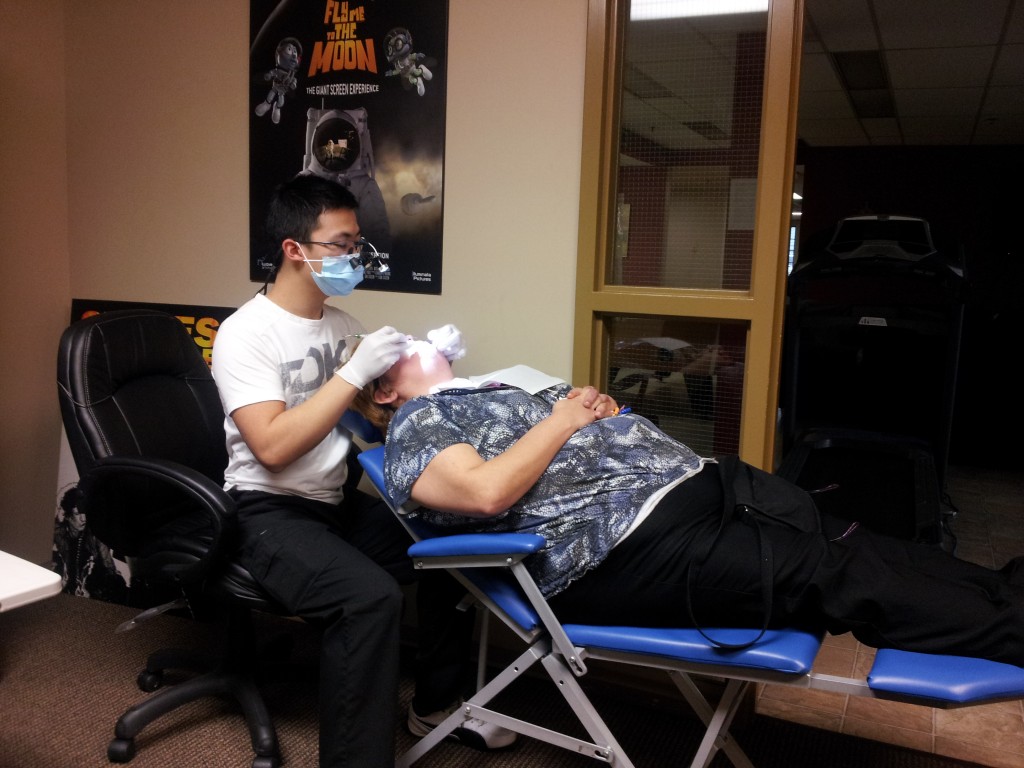Primary healthcare refers to the direct provision of health services and the access points to other aspects of the healthcare system.1,2 With this in mind, primary healthcare professionals are the patients’ first point of access to health services and coordinator of continuity of care through the use of referrals to specialists to address specific health needs.1,2 Primary healthcare services include:
- Prevention and treatment of common illnesses and injuries
- Basic emergency services
- Referrals and coordination with other levels of care
- Primary mental health care
- Palliative and end of life care
- Health promotion
- Healthy child development
Since the profession’s first conception in 1906, dental hygiene has become a self regulated profession where the purpose is no longer merely to “clean teeth”.3 Today, the scope of practice for dental hygienists include:3
- Health promotion: Enabling public to increase awareness of, responsibility for, control over, and improvement of their health and well-being
- Education: Teaching and learning principles to facilitate the development of specific attitudes, knowledge, skills, and behaviours
- Clinical therapy: Therapeutic and preventative services to help people achieve optimal overall health by addressing oral health needs
- Research: Systematic inquiry to supplement, revise and validate the profession and dental hygiene procedures
- Change agent: Problem solving; helping public find resources for health needs; supporting and advocating client’s beliefs, values and rights
- Administration: Management of policy and protocol development
When comparing the scope of practice of dental hygienists to the role of a primary care provider, it is clear that the profession fits the criteria of a primary care provider.3,4 Dental hygienists provide preventative oral health services and work interprofessionally and collaboratively with their clients and their caregivers to enhance the overall quality of life of an individual.3,4 Furthermore, they are responsible for the identification and initial therapy of oral disease through non surgical periodontal therapy, oral health education, and referrals to other health professionals.3,4 In accordance to the increased amount of responsibilities and legislator changes such as the exemption of the 365 day rule, some of the practice environments are long term care facilities, educational institutes, research labs, hospitals, public/community health, primary healthcare centres, military, and consulting firms.4 Due to the less costly nature of dental hygiene services and greater scope of practice, they are able to improve the access to oral health services to underserved populations such as immigrants/refugees, elderly, first nations, and institutionalized individuals.4
 Based on the abilities and responsibilities, dental hygienists are ideal candidates to be primary health care professionals. However, the need for advocacy of the profession still remains to increase the public’s understanding of the dental hygiene profession and the importance of oral health.3
Based on the abilities and responsibilities, dental hygienists are ideal candidates to be primary health care professionals. However, the need for advocacy of the profession still remains to increase the public’s understanding of the dental hygiene profession and the importance of oral health.3
References
- Health Canada [Internet]. Health Canada; 2012 [cited 2013 Nov 25]. Available from: http://www.hc-sc.gc.ca/hcs-sss/prim/about-apropos-eng.php#a1
- Government of Canada. About Primary Healthcare [Internet]. 2015 [cited 3 December 2015]. Available from: http://healthycanadians.gc.ca/health-system-systeme-sante/services/primary-primaires/about-apropos-eng.php
- Dental Hygiene: Definition, Scope, and Practice Standard. 2002.
- Odrich J. The dental hygienist: a primary care provider. J Pub Health Dent. 2007 May; 45(2): 64-92.